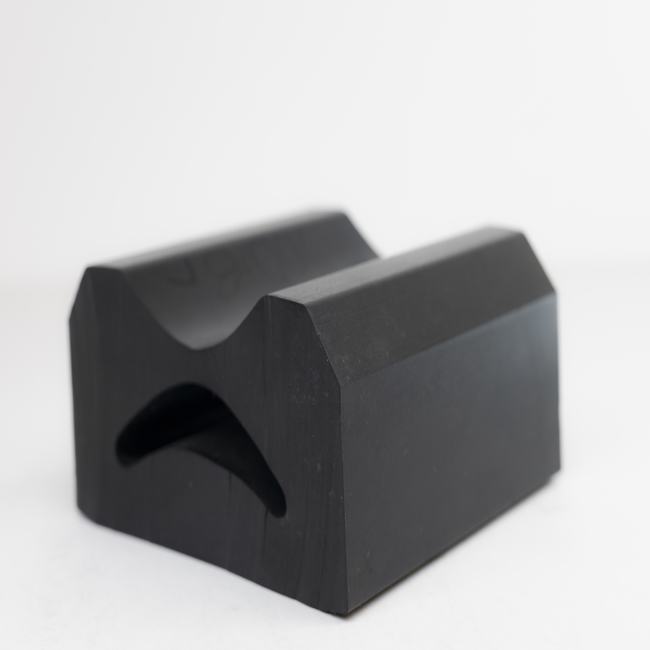“Ship seals” can refer to various sealing components or systems used in maritime and shipbuilding applications. Ships require a range of seals to maintain watertight integrity, prevent leakage, and protect various components and systems onboard. Here are some common types of ship seals and their applications:
- Hull Seals: Hull seals are critical to maintaining the watertight integrity of a ship’s hull. They are typically composed of gaskets, seals, and coatings designed to prevent water from entering the vessel. These seals are crucial for the ship’s buoyancy and safety.
- Hatch Seals: Hatch seals are used to create watertight and airtight closures for cargo hatches, access points, and doors on ships. They ensure that cargo holds remain dry and that environmental elements are kept out.
- Shaft Seals: Shaft seals are used in propulsion systems to prevent water from entering the ship while allowing the propeller shaft to rotate. Common types include mechanical face seals and lip seals.
- Bulkhead Seals: Bulkhead seals are installed in compartments or bulkheads to maintain separation between different sections of the ship, ensuring that water or other substances cannot flow between compartments in the event of a breach.
- Porthole and Window Seals: Seals around portholes, windows, and other openings in the ship’s superstructure prevent water ingress, maintain visibility, and contribute to the ship’s overall structural integrity.
- Pipe and Cable Penetration Seals: Ships have numerous pipes, cables, and conduits passing through the hull and bulkheads. Seals are used around these penetrations to prevent water ingress and maintain the integrity of the ship’s systems.
- Gasket Seals: Gasket seals are used in various ship components, including engine compartments, fuel tanks, and hydraulic systems, to prevent leaks and ensure the functionality of critical systems.
- Lifeboat and Life Raft Seals: Seals in lifeboats and life rafts are essential for keeping these emergency evacuation systems airtight and watertight until deployment.
- Ballast Tank Seals: Ballast tanks are used to control a ship’s stability and buoyancy. Seals in these tanks are vital to prevent leaks and maintain proper ballasting.
- Hydraulic and Pneumatic Seals: Ships use hydraulic and pneumatic systems for various purposes, such as steering, lifting, and cargo handling. Seals in these systems ensure efficient operation and prevent leaks.
- Cooling Water Seals: Seals are used in cooling water systems to maintain the temperature of engines, generators, and other shipboard machinery.
- Propeller Shaft Seals: Propeller shaft seals, often referred to as stern tube seals or stuffing box seals, prevent water from entering the ship through the stern tube while allowing the propeller shaft to rotate.
The specific types and applications of ship seals can vary widely depending on the type of vessel, its size, its intended use, and the systems and equipment onboard. Proper maintenance and inspection of seals are essential to ensure the safety, functionality, and longevity of a ship. Ship seals are a critical aspect of maritime engineering and contribute to the overall safety and operational efficiency of vessels.








